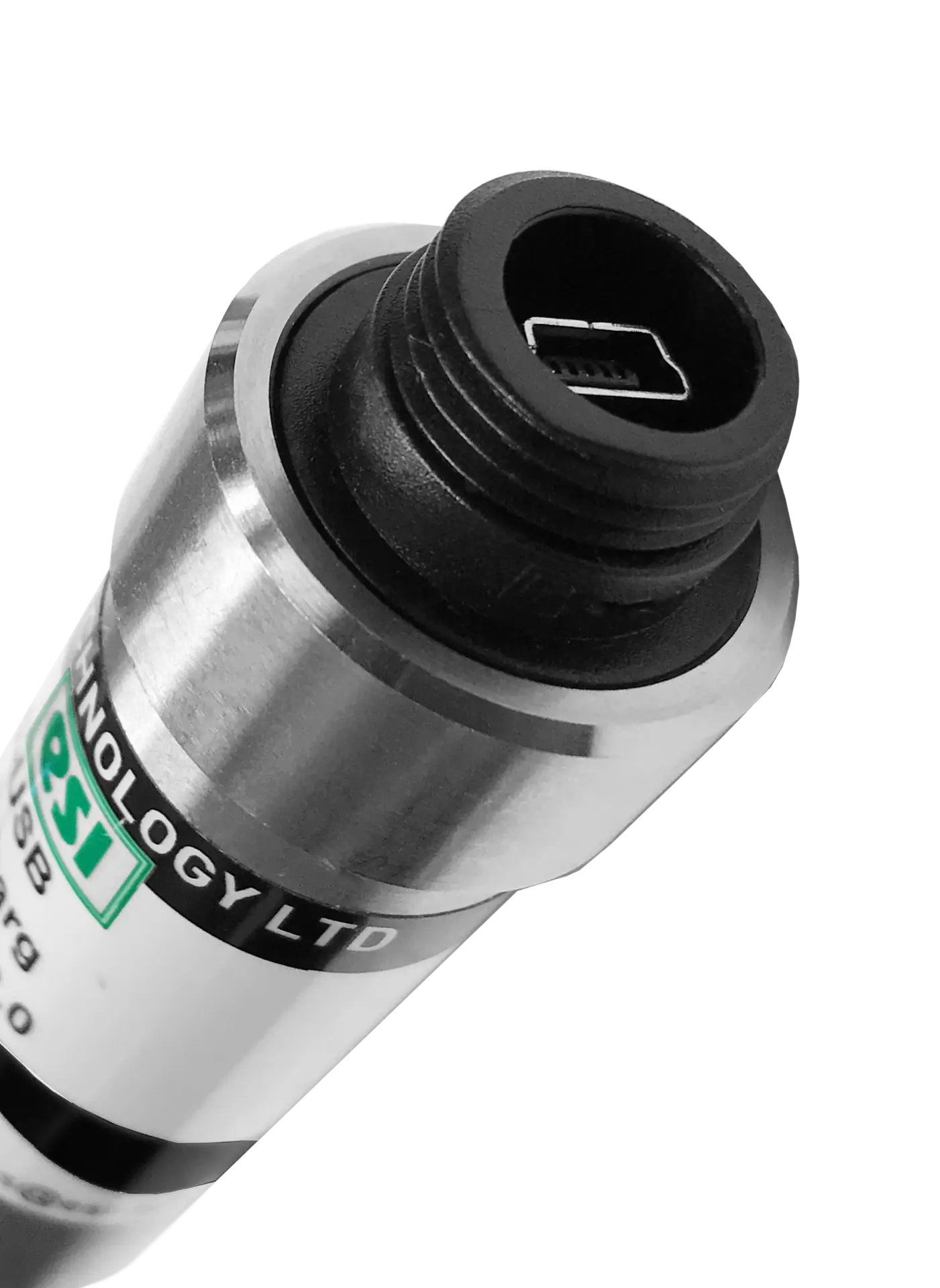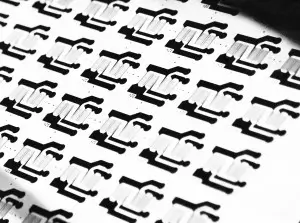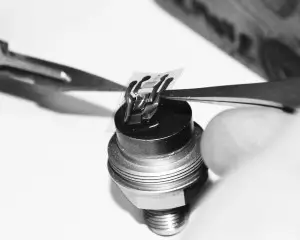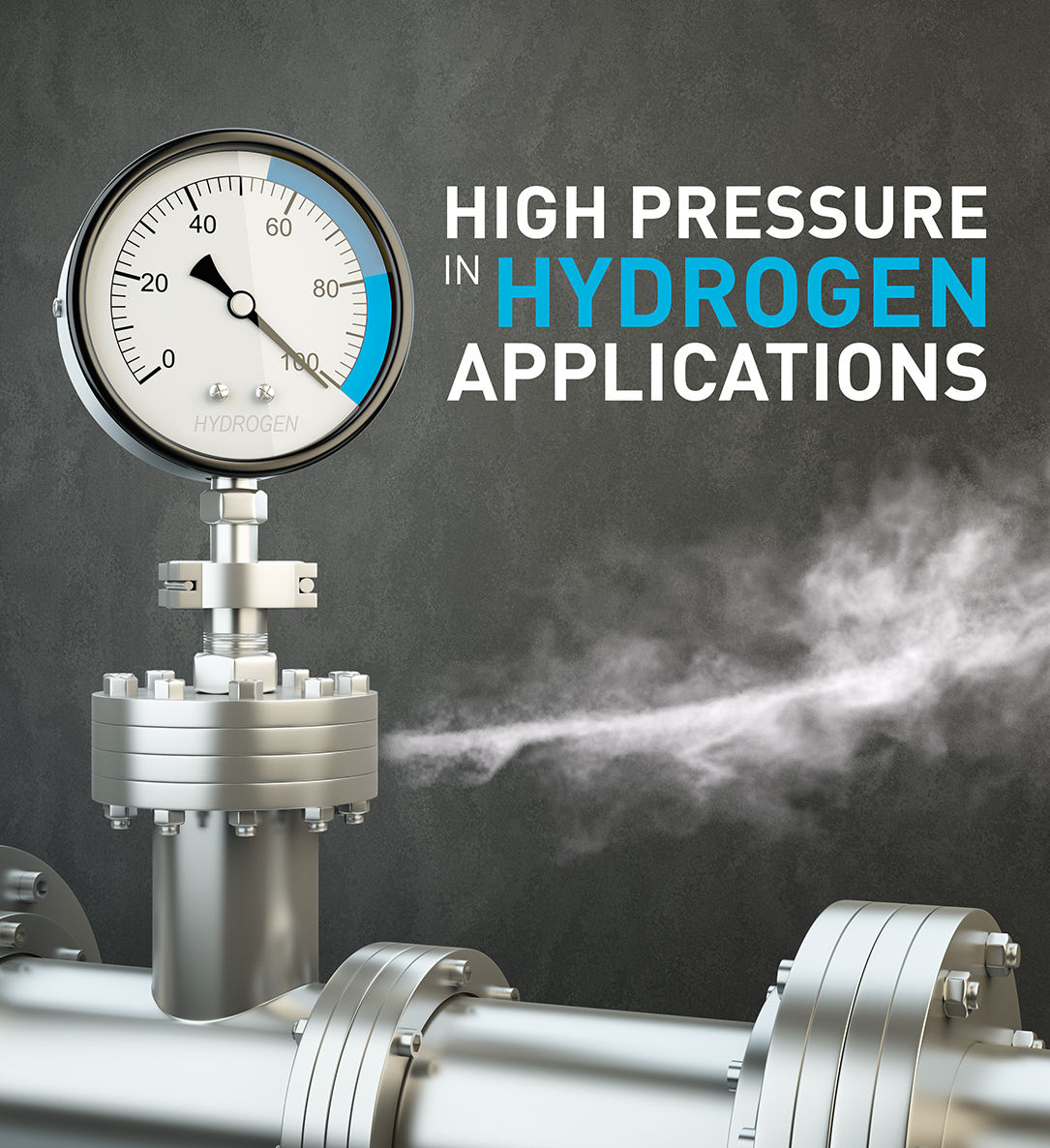Our Unit Converter
The ESI Unit converter allows you to quickly and easily access a conversion tool to work out your preferred unit of pressure measurement wherever you may be. Whether out on-site or in the office.

Download the ESI-USB© Software
The ESI-USB© software allows you to connect your ESI transducer to your laptop or PC and be up and running monitoring pressure data within ten minutes. The software auto-updates and is compatible with Windows 8, 10 & 11.


Choose the right Strain Gauge
Strain Gauges From ESIIt is important to correctly select the strain gauge for your specific application in order to obtain accurate and reliable strain measurement and achieve the best possible performance.
All basic designs have integral foil solder tabs provided for lead attachments. Most of the configurations are also available with lead wire attachment and encapsulation options. After determining the desired foil type and backing material, choose a gauge with the appropriate size, grid pattern, tab geometry and gauge resistance from the charts given on the following pages. It will then be necessary to determine the temperature compensation and any other options that are required.
Alloys
Constantan alloy is the most widely used type of foil. It has a relatively high gauge factor whilst being insensitive to strain level and temperature. Constantan has a long fatigue life, elongation capability and can be processed for self temperature compensation. All batches of TSM foil which have been self temperature compensated are tested, and their thermal output curve plotted and approved prior to commencement of production.
Karma alloy has a high electrical resistivity and low temperature coefficient of resistivity compared to Constantan, providing a wide temperature compensation range and having excellent stability and fatigue characteristics. Karma also allows higher gauge resistances to be achieved.
Foil Backing
The backing provides electrical insulation between the metal foil and the test object. There are two basic types; Epoxy backing for temperatures up to 120ºC, and Polyimide backing for temperatures up to 230ºC.
Gauge length
Gauge length is the length of the gauge grid that is sensitive to strain and which measures the average strain over the area of the grid. If an average value is required then a long strain gauge should be utilised. For homogeneous materials, the length of the gauge is determined by the available space, ease of handling and application.
Gauge Pattern and resistance
The suitability of a strain gauge pattern for a specific application will be dependant on the gauge resistance and type of stress analysis required. Gauge resistances are typically 120ohms, 350ohms and 1000ohms. Higher resistance gauges can use higher bridge voltages, generate higher output signals and reduce heat generation rates and lead wire effects.
Single grid gauges are used in circumstances where uni-axial stress states exist and the principle axes are known. Two element grids are used in a bi-axial stress state where the principle axes are known, and three element grids are used in a bi-axial stress state where the principle axes are unknown.
Options
TSM offer the following options for all strain gauges;
- Lead wire attachment- Normally up to 50mm using plain or enamel insulated copper wire. Lead wire lengths can be increased or decreased to suit the customers? application.
- Encapsulation only- Polyimide laminate, generally 25-50 micron thick.
- Lead wire attachment and encapsulation.
Self Temperature Compensation
Constantan alloy gauges are available with various STC numbers which match the thermal coefficients of expansion of the test material in ppm/ºC. These variations are available for steel, stainless steel, aluminium and ceramic.
TSM can provide full details and guidance in the selection process.




